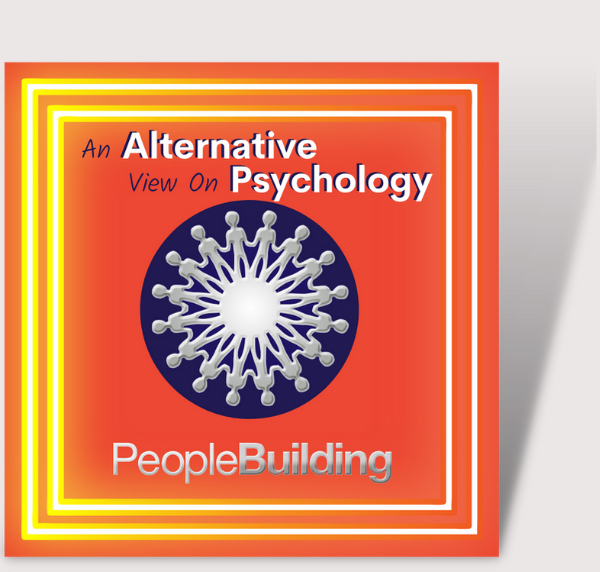As hypnotherapists and NLP practitioners, we find ourselves listening to a broad range of challenges that people have experienced in their lives. Our job is to listen, question respectfully and to develop a sense of understanding of their present situation and how they would like it to be, without putting ourselves into their pain (which would make us unresourceful) and without becoming sympathetic.
The reason why it’s important to avoid sympathy is because when you are feeling pity for someone, it excuses them from the responsibility they have in the situation they are currently experiencing.
It may sound brutal, but even for some of the most horrific abuses people have experienced in the past, they have a responsibility (in the now) to learn how to move on and be happy. It’s important that we keep our clients “at cause” by helping them to see that they can chose how to represent their circumstances to themselves, that they can be in control of their emotions, that their emotions are theirs and theirs alone. They are no-one’s puppet.
If we indulge them in sympathy, it serves no purpose that to help them continue to feel as if life has wronged them in some way. That may well be true, but keeping them in that frame of mind doesn’t help them to move forward effectively.
With empathy, you still have a sense of their perspective. In NLP we would call this the clients ‘model of the world’. It’s important that you have this so that you know where you are starting from before you begin to move them forward.
Understanding your clients model of the world will also help to deepen the rapport with you because you will be connect with how they are currently feeling, feeding back to them in a way that reassures them that you have grasped their circumstances without becoming stuck in the problem as they are.
There’s a lovely video by Brené Brown about the differences between empathy and sympathy. You can find it here on YouTube: https://youtu.be/1Evwgu369Jw
Whilst I do not necessarily agree with her explanation of sympathy (in NLP terms her description of sympathy seems more like re-framing without rapport) the description of empathy as being about making a connection is on the money in my opinion.
What is accurate in this video is that you must start with the clients present state in mind. Sadly, many people who have indulged in a little personal development, many are very keen to move people on from negative emotions and back to positivity without giving them a moment to be heard, gain strength or learn from the situation first.
If you begin challenging or re-framing too fast, it can be as damaging to the clients connection with you as if you gave them lots of sympathy and got yourself stuck in the bad state with them.
Hear what they say, thank them for sharing, ask permission to ask other questions and when (and only when) you get that internal feeling of connectedness should you begin to re-frame the problem in solvable terms.
By Gemma Bailey
www.peoplebuilding.co.uk


